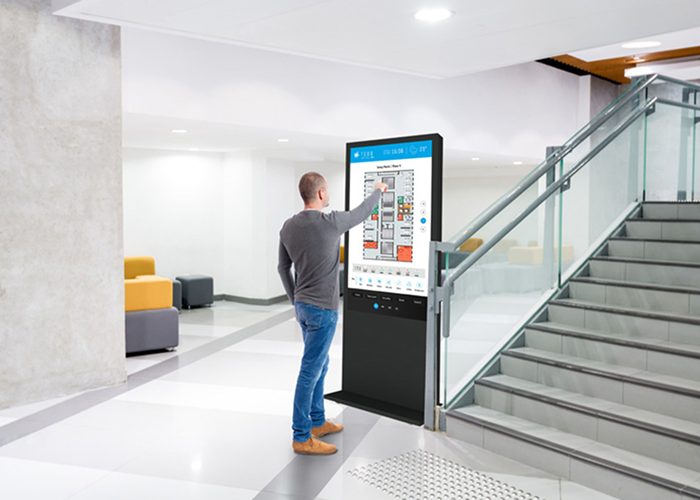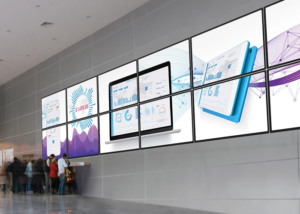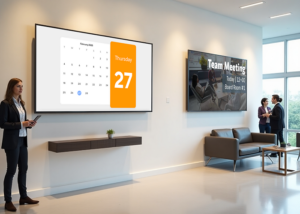In the competitive world of modern marketing, Digital Signage Campaigns have evolved into one of the most dynamic tools for attracting attention and delivering powerful messages. Whether displayed in bustling retail stores, transportation hubs, or corporate offices, digital signage combines visual appeal with strategic messaging to influence audience behavior.
However, running a campaign is only half the story. To truly maximize its potential, you need to measure its effectiveness. Without accurate performance insights, it’s impossible to know whether your digital signage is driving engagement, conversions, and return on investment (ROI).
This guide will walk you through the essential strategies for measuring the impact of Digital Signage Campaigns, from analyzing audience behavior to mastering A/B testing.

Understanding Audience Behavior Through Analytics
One of the key advantages of digital signage is its ability to provide data-driven insights into audience interactions. With the right analytics tools, you can go beyond surface-level impressions and uncover how your audience is truly engaging with your content.
- Audience Demographics – Identify who is viewing your digital signage, including age, gender, and other relevant attributes.
- Dwell Time Analysis – Measure how long people spend looking at your screens, giving you an idea of message retention.
- Interaction Tracking – For interactive signage, track taps, swipes, or QR code scans to gauge engagement.
- Behavior Segmentation – Group your audience based on interaction patterns to tailor future campaigns.
For example, if your dwell time data reveals that viewers lose interest after eight seconds, you can optimize your content to deliver the most impactful message within that timeframe.
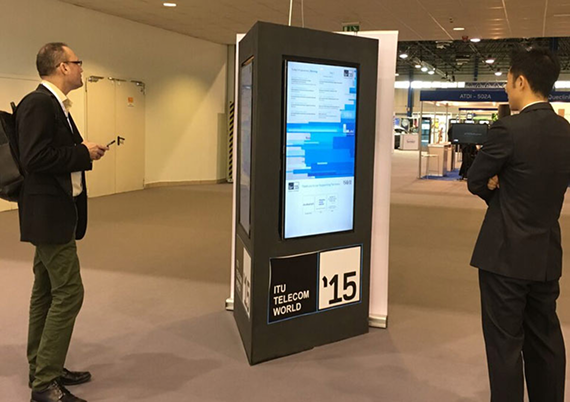
Measuring ROI and Effectiveness
The ultimate goal of Digital Signage Campaigns is to achieve measurable business outcomes. This means going beyond impressions and clicks to determine the campaign’s real contribution to revenue and brand objectives.
- Define Clear Conversion Goals – Whether it’s increased sales, more website visits, or higher event attendance, set measurable targets before launching.
- Track Sales Impact – Compare sales data from before, during, and after the campaign to evaluate its influence.
- Measure Lead Generation – Use unique URLs, QR codes, or promo codes to track leads generated through your signage.
- Apply Attribution Modeling – Understand how digital signage fits into the broader marketing mix by attributing value to each touchpoint.
- Calculate ROI – Use the formula:
ROI (%) = [(Revenue Generated – Campaign Costs) / Campaign Costs] × 100
By consistently measuring these metrics, you can make informed decisions about budget allocation and creative direction for future campaigns.

A/B Testing Mastery: Optimizing Content for Maximum Impact
Even the most well-designed Digital Signage Campaigns can benefit from optimization. A/B testing allows you to compare different versions of your content to see which performs best.
- Content Variations – Test different visuals, messaging styles, or calls-to-action to see which resonates more
- Testing Schedules – Run your tests during different times of day or week to assess how audience engagement changes.
- Data Interpretation – Look for statistically significant differences before making changes.
- Continuous Improvement – Use results to refine not just the tested campaign, but your overall content strategy.
For example, a retail store might test two versions of a promotional video—one featuring a limited-time discount and another showcasing product benefits. By analyzing which version drives more sales, the brand can optimize future campaigns accordingly.
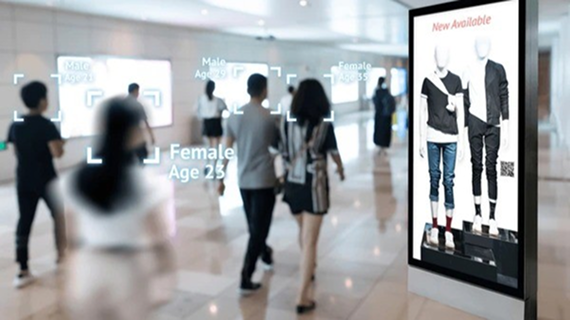
Incorporating Qualitative Assessments
While analytics and ROI calculations provide hard numbers, qualitative feedback offers context that numbers alone can’t deliver. Surveys, focus groups, and customer interviews can reveal:
- How memorable your campaign was.
- Whether the messaging was clear and persuasive.
- Suggestions for improving future campaig
Combining qualitative feedback with quantitative metrics ensures a holistic understanding of your campaign’s effectiveness.
Conclusion
From identifying audience behavior patterns to calculating ROI and refining content through A/B testing, measuring the effectiveness of Digital Signage Campaigns is critical for long-term success. By leveraging both data analytics and qualitative feedback, you can ensure that every pixel on your screen is contributing to meaningful business impact.
Whether you’re a marketing professional, campaign manager, or business owner, mastering these measurement strategies will help you create more engaging, results-driven digital signage experiences that deliver measurable returns.
